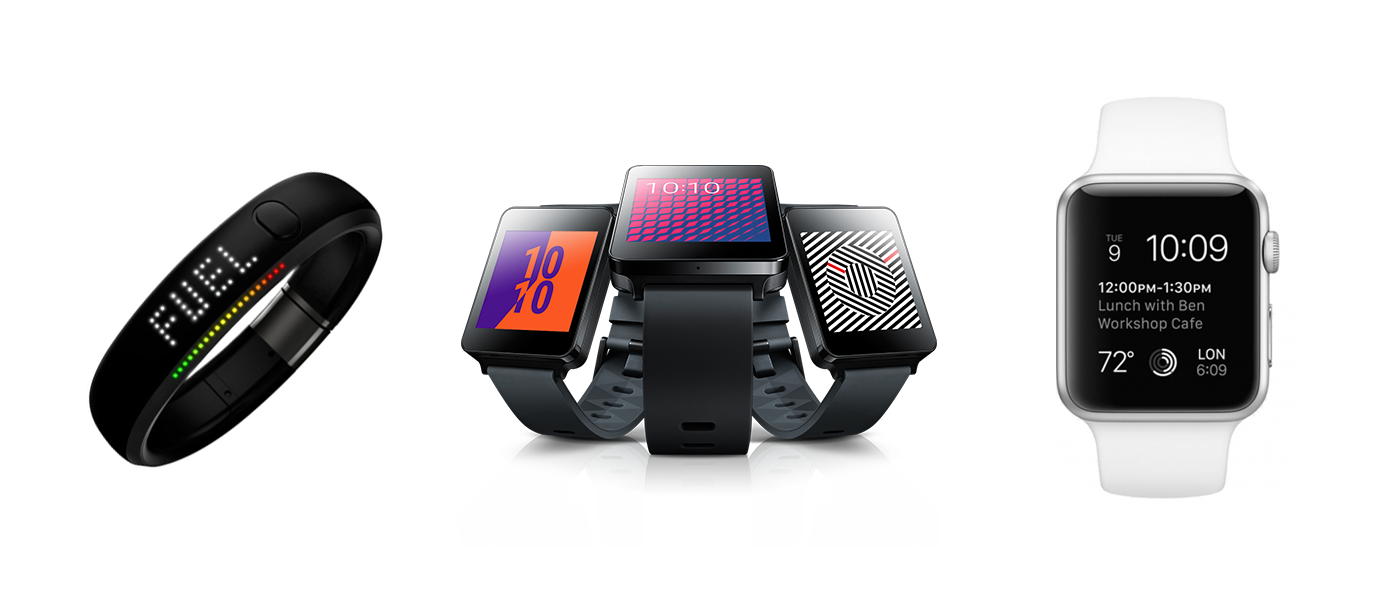

The results allowed identification of the types of pill containers for which the system should be designed volunteers’ interest in using a pulse sensor and their preferences to receive reminders. A second group of 96 volunteers, who were not part of clinical care, answered an anonymous online survey only once. A total of 225 participants were divided into two groups: 129 volunteers answered a self-assessment in person and periodically via the touch screens of tablets installed in the medical follow-up clinic. (2018) investigated characteristics associated with adherence to identify which individuals would most benefit from the developed device (wrist sensor) and examined drug user practices and preferences, in addition to providing real-time reminders and information on adherence.

Studies with greater methodological rigor and the involvement of human volunteers can contribute to the improvement of the process before making them available on the market. Product validation is essential for regulatory approval and encompasses the assessment of the effectiveness, safety, and performance of a wearable device. Most studies revealed fragile methodological designs, a lack of a control group, a small number of volunteers, and a short follow-up time. Only five articles reported prior approval by a research ethics committee. A total of 782 participants, ranging from 6 to 252, were included. One of them involved human volunteers in idea and prototype validation. The studies involving human volunteers were categorized into idea validation ( n = 4) prototype validation ( n = 5) and product validation ( n = 1). The wearable technologies most investigated were smartwatches ( n = 3), patches ( n = 3), wristbands ( n = 2), and neckwear ( n = 1). A total of 7087 records were identified, and nine studies were included. A literature search was conducted using six databases (MEDLINE, Embase, Scopus, CINAHL, PsycInfo, and Web of Science) up to March 2020. The aim of this scoping review was to investigate the involvement of human volunteers in the development and evaluation of wearable devices. However, there is little information on the validation of these technologies. Wearable devices designed to improve medication adherence can emit audible and vibrating alerts or send text messages to users.


 0 kommentar(er)
0 kommentar(er)
